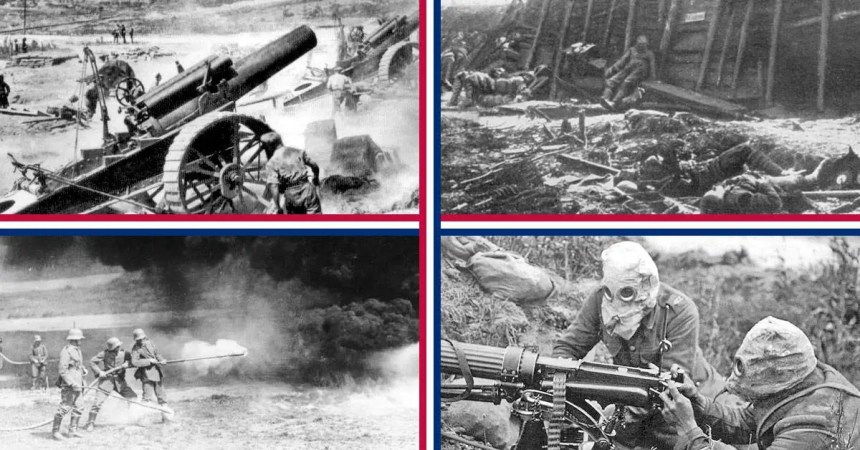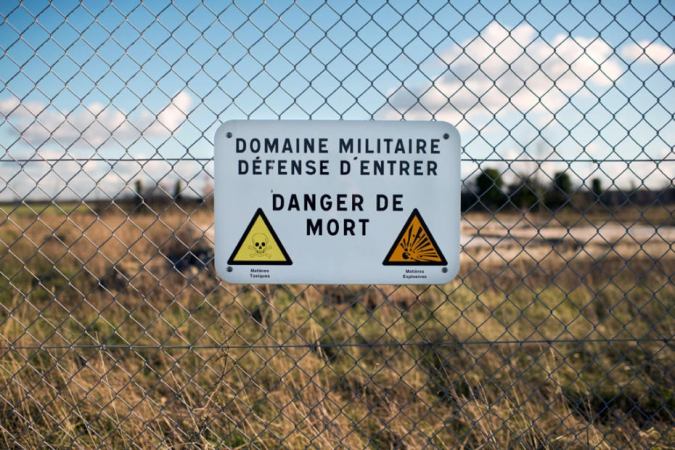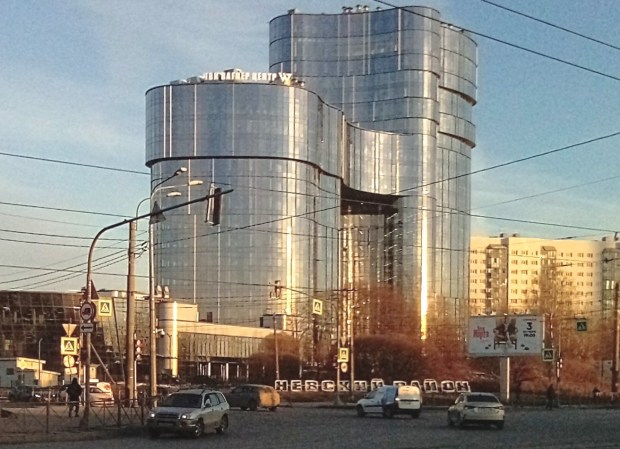Few things can be more concerning to a homeowner than discovering your property has toxic contamination. One of those things is to find out the toxic contamination is from World War I poisonous gas and chemical warfare research that yielded a substance more deadly than those actually used to kill thousands on the battlefield during the war.
These circumstances existed for the residents of Spring Valley, about 661 acres in the Northwest section of Washington, D.C. It is the site of over 100 multi-million-dollar homes, the campus of American University, and even a well-known seminary. In all, the site consists of approximately 1,600 private properties, including several embassies and foreign-owned properties and diplomatic residences. Designated the Spring Valley Formerly Used Defense Site (FUDS), during World War I it was used by the U.S. government for research and testing of chemical agents, equipment and munitions.
In 1917 and 1918, intensive chemical warfare agent research was conducted on the campus of American University, at a site called the American University Experiment Station, and produced an original American contribution to the poison gasses of World War I, lewisite. Lewisite is lethal in small doses, is colorless and odorless, and was chillingly nicknamed the “Dew of Death.” About 1,500 chemists, scientists and soldiers worked at the Station, and their research and testing were considered both extremely urgent and highly secret. In order to “improve” safety in handling, an odor said to resemble the scent of geraniums was added. Chemical compounds associated with lewisite poison gas have been found in the Spring Valley area.
Lethal chemical warfare was introduced to the world by the Imperial German Army on the Western Front, against French Colonial troops in April 1915. Cylinders were used to release deadly chlorine gas, which had a devastating, deadly effect, however, German troops were not prepared to exploit their unexpected “success.” For the remainder of the war, poison gas, mostly delivered by artillery shells, was constantly used on the battlefield. As protection and countermeasures were quickly developed, poison gas failed to achieve any strategic advantage, and just added another modern source of misery to the trench-dwelling soldiers on all sides.
The Allied nations, including the United States, expected the war to continue into 1919 and were preparing for massive assaults for that year, however, the brutal war ended abruptly over the last two weeks in November 1918. The sea blockade of Imperial Germany was starving the German people and causing critical shortages of raw materials that brought production for the great German war machine to a halt. When the war ended, many of the munitions and chemicals at the American University Experiment Station were quickly buried in what later became one of the most expensive neighborhoods in D.C.
In addition to the creation of deadly lewisite, the naturally occurring poison arsenic was weaponized during the Station’s operation and was included in the toxic mix lurking under the ground in northwest Washington D.C. Later research revealed a particular area where some of the weaponized arsenic was buried at the end of the war was referred to as the “Hole of Hades.“

The buried munitions and chemicals began to be discovered around the area in 1992, with low levels of liquid mustard poison gas compounds found in several locations. The U.S. Army Corps of Engineers’ Baltimore District became the lead agency for investigation and cleanup actions at the Spring Valley FUDS. The District entered into a formal partnership with the U.S. Environmental Protection Agency and the Washington, D.C. District Department of the Environment.
A public awareness campaign was one of the first actions undertaken by the government partnership, including the catchphrase encouraging area residents to “Recognize-Retreat-Report” suspected contamination. Fortunately, virtually no attributable deaths or illnesses ever occurred.
In 2000, high levels of arsenic were detected in, of all places, soil at the American University’s Child Developmental Center playground. The soil was remediated by 2002, and all arsenic remediation in the Spring Valley FUDS was declared completed in 2016. In 2017, seven FUDS site cleanup workers were hospitalized with skin blistering and lung irritation, classic signs of exposure to mustard and/or lewisite gas. These chemical compounds are also associated with kidney, neurological and blood diseases.
A particularly large and lethal deposit was located in the Glenbrook Road area on the university campus. Among the discoveries were 550 modified 75-millimeter artillery shells, commonly used to “soak” enemy sectors of World War I battlefields with chemical weapons prior to an attack, and numerous glass containers still filled with toxic chemical agents. Over 7,500 tons of contaminated soil was removed from the site, which was declared “clean” by tri-agency authorities, and returned to the university in 2021, marking the end of the decades-long cleanup, with an approximate cost of $330 million. The lot sold for residential use in 2022.










